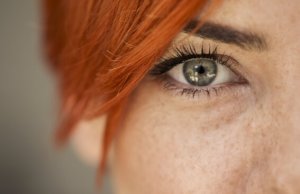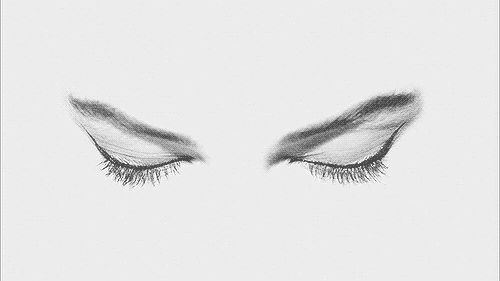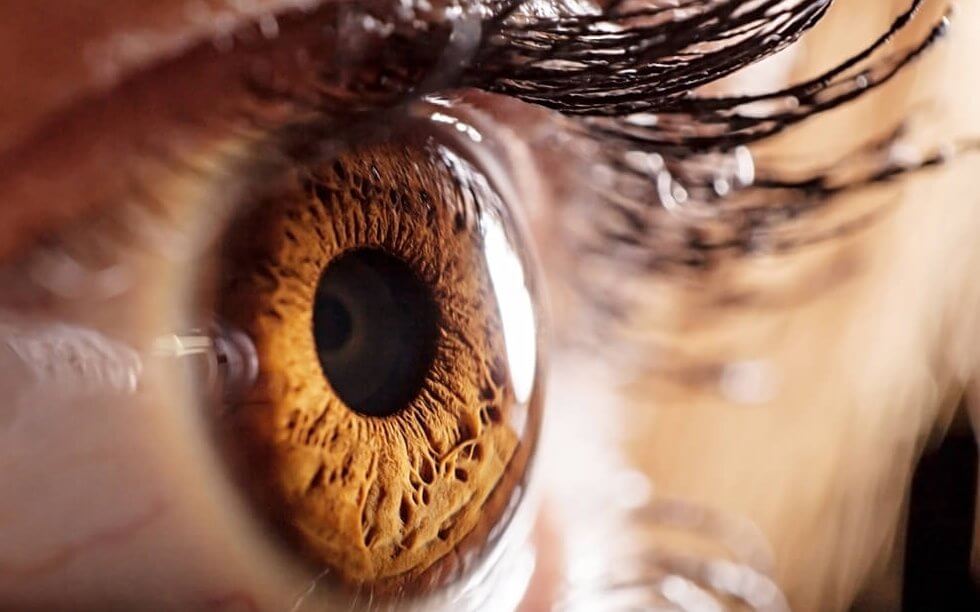How to Read Someone's Emotions in their Eyes


Written and verified by the psychologist Valeria Sabater
Reading emotions in another person’s eyes is something we can all do. At the end of the day, the gaze is the way we as human beings communicate the most. The thing that transmits the most and with which we are connected more intensely. Understanding all those non-verbal clues in the eyes of others will allow us to see, for example, falsehood, sincerity, or the magic of attraction.
Becquer said that whoever can speak with his eyes can even kiss with his eyes. The magnetism of these fascinating organs is such that sometimes we are not fully aware of all the secrets that they hide. Thus, something communication experts know well is that, although many of our behaviors, actions, and words can be filtered by social conditioning and by our will, the gaze expresses a type of language that we cannot always control.
“The eye is the point where the body and soul meet.”
-Friedrich Hebbel
If we see someone we are attracted to, our pupils dilate. Also, our eyes widen when we are surprised. They focus on a certain point when we try to remember something, and lower when we stay suspended in a state of introspection. There are so many subtle nuances that characterize the behavior of our eyes. It is interesting to know more information about this. It allows us go deeply into the minds of others or read their emotions in an effective way.

Reading emotions in another’s gaze
If there is something to which we dedicate a good part of our time, it is communicating with other people. We often do this face-to-face, seeking eye contact with the other. However, we pay more attention to the oral message, to the word, to the quality of the dialogue.
It should also be noted that, in recent years, with the arrival of new technologies and instant messaging systems, our style of communication has changed. We no longer need to have someone in front of us to tell them something. Now, we can even transmit our joy, love, or anger through an emoticon. All this is neither good nor bad, it is just different and, above all, faster.
However, with this we lose the power to read the emotions of others in their eyes. We deprive ourselves of that pleasure. Of that mystery that is to reveal, based on tiny gestures and magical nuances, the quality or complexity of our relationships. Let’s see now how to carry out this reading, this analysis. . .
Blinks
When we speak of the language of the eyes, we do not refer only to the eyeball and the pupil. The great expressive power of our gaze is orchestrated, above all, by a complex network of nerves and muscles that intervene in the movement of the eyebrows, eyelids, temples, etc.
- All this reflects the emotional activation of each moment, where blinking and fluttering eyelashes also plays an important role. For example, we know that when something surprises us, angers us, or even annoys us we blink a lot more.
- Likewise, it is also common to blink a lot when we interact with someone we like or when we are thinking about many things at the same time.
This may seem contradictory to all of us. However, it is good to know that this act, that of blinking more intensely than usual, is a mechanism that starts in the brain when we feel nervous. Therefore, when reading emotions through someone’s eyes, it is important to focus on the context or the conversation that is going on at the same time.

The language of the pupils
Our pupils dilate when we see something stimulating or we are somewhere dimly lit. If something or someone attracts us, it is common for the pupil to be flooded like a full moon, immense and illuminated by emotion, by that power of attraction. However, when we feel offended or see something that angers or contradicts us, the pupil contracts.
Visual synchrony
Reading emotions of people we like is something we all want to master. However, sometimes you do not need to be an expert in nonverbal language to perceive the harmony which, at a given moment, we can establish with a friend, the object of our affection, or even a family member.
A curious fact about this topic is that, when two people “connect”, a visual synchrony is also established. That is, visual gestures are mimicked and micro-expressions shared. . .
Looking side to side – timid or lying
We have all experienced this, either when we talk to a child or a very insecure person. Instead of maintaining direct visual contact, they escape your gaze by looking to the sides. In those corners where they cannot see our face, those spaces where we can only catch them from the sidelines, where they shelter in their extreme shyness.
It is important to know that people who are lying also have elusive eyes. This is not as obvious as when we are with a shy person or someone with social anxiety. Therefore, we must pay maximum attention when reading their emotions and intentions.
He who makes use of deception does not usually hold our gaze for a long time. Sooner or later it will drift to the side. To the right if you must remember something and to the left if you must make use of inventiveness.

To conclude, the eyes and glances both transmit a remarkable and wide variety of social and emotional information. Sometimes this way of reading emotions escapes us, but if we catch it, it is always easy to interpret. There are also interesting studies and works such as “Effects of Direct and Averted Gaze on the Perception of Facially Communicated Emotion”, by Reginald B. Adams or “Morphology and Psychology of the Human Eye”, Hisashi Kobayashi, which will allow us to delve deeper into the topic.
It’s worth doing.
This text is provided for informational purposes only and does not replace consultation with a professional. If in doubt, consult your specialist.








